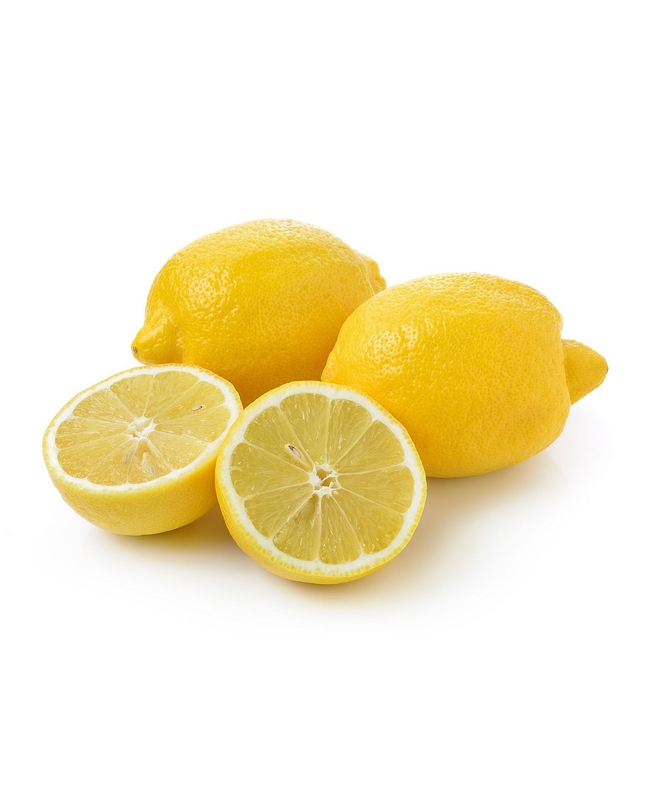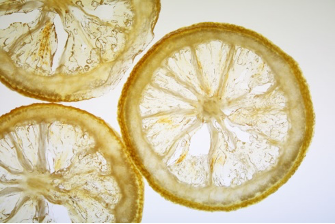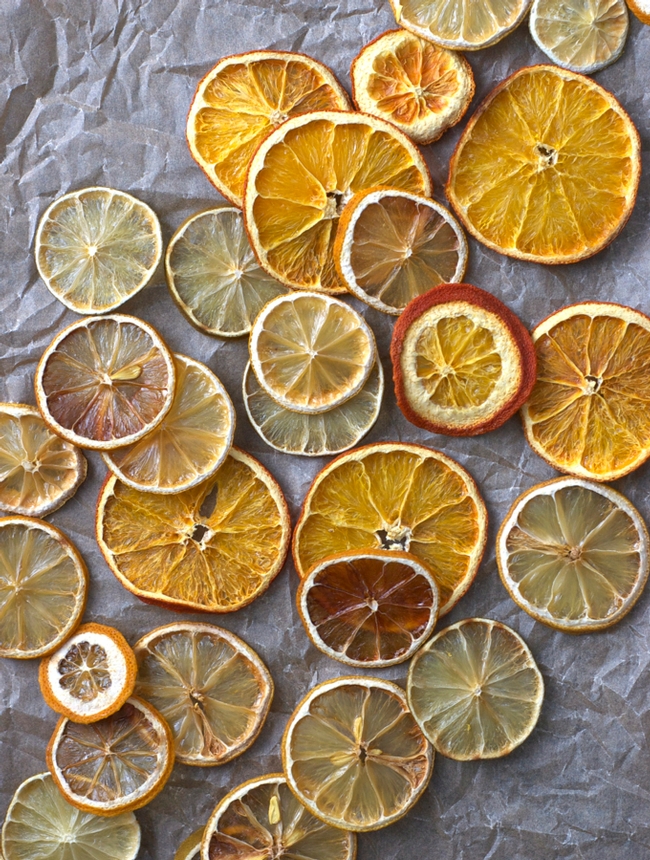Our January 2022 Workshop is all about Citrus. We have a few new recipes to share. Our workshop date is January 15 at 10:00 am.
Please visit our Facebook page for registration information!
AVOID FOOD WASTE: USE THE ENTIRE LEMON!
Awhile back we wrote about how to stop food waste. Remember the mission of food preservation is includes the reduction of wasted food, fruits and vegetables. This week we will offer up four recipes that use up all parts of the lemons that are so abundant in February and March.
Many more recipes are available at the National Center for Home Food Preservation: https://nchfp.uga.edu; Ball Canning Books or So Easy to Preserve from the University of Georgia.
Candied Citrus Peel Yield: about 2 pints
A tasty treat that is both sweet & tart. It is super easy to make & so much better than store- bought. You can use lemon peel, or any other citrus peel such as orange, lime, grapefruit or mandarins.
Ways to use candied citrus:
As garnish for pies, cakes and cupcakes
Chopped up and added to cookies, cakes, muffins, cupcakes, scones, etc.
Sprinkled over ice cream or yogurt
As garnish for citrus-flavored drinks
Finely chopped and added to streusel topping for muffins and cakes
Dipped in chocolate for an elegant sweet treat
INGREDIENTS:
- Peels, including pith, from 6 oranges or other thick-skinned citrus fruit
- 1 cup water, plus more for boiling peels
- 5 cups sugar
- 1 vanilla bean
DIRECTIONS:
1. Cut the peels into 1/4-inch strips. Cover the peels with cold water in a large nonreactive saucepan and bring to a boil, stirring to ensure that all of the peels are heated through. Strain and repeat two more times to remove the bitter flavor from the pith and to soften the peels. After the third round, set aside the peels to drain while you make the syrup.
2. Bring 1 cup water to a boil and gradually add 4 cups of the sugar, stirring to dissolve. Add the peels and the vanilla bean. Return to a boil, and then reduce to a simmer, cooking gently until the peels are translucent and tender, about 1 hour.
3. Using tongs, remove the peels to a drying rack placed over a baking sheet and separate them so they don't touch. Let drain, and then dry for 4 to 5 hours. Save that citrus syrup to add when you want a sweet citrus flavor.
4. When quite dry but still tacky, roll the peels in the remaining 1 cup sugar to coat. 5. Peels keep, stored in an airtight container, for up to 1 month.
Citrus Salt Yield: about 1-1/4 cups
Make your custom-blend citrus salt by using the zest from any citrus. If trying to cut back on salt you can alter the ratio of zest to salt.
How to use your citrus salt:
Great in dressings, on steamed veggies, sprinkle on fish, poultry or other meats as a custom-blend rub.
Sprinkle on popcorn or chips for a tangy lemon or lime flavor.
Spice up cocktails with flavorful rims. When serving up margaritas, try a lime-salt rimmed glass.
INGREDIENTS:
- 1 cup flake salt or coarse salt
- 3 tablespoons citrus zest (any kind)
DIRECTIONS:
1. Mix salt and zest in a bowl; work zest into salt with your fingers to release oils and flavor.
2. Spread on a baking tray. Air-dry until dried completely, 8 hours to overnight. 3. Keep airtight at room temperature for up to 2 months.
Notes: • Zest's color will fade over time, but this won't affect taste. • Another drying option is to heat the oven to 200°F, insert the baking tray and turn off the oven. Let the tray sit in the oven overnight. Use a fork to separate any clumps.
Citrus Pulp Powder
After you have juiced your citrus, pour through a fine mesh strainer to get clear juice but save the pulp to make citrus pulp powder. This can be used to sprinkle over foods or drinks when you don't want to add any extra liquid.
1. Spread pulp from juiced citrus in a thin, even layer on parchment paper placed on a dehydrator tray. Remove seeds.
2. Dry at 140°F in dehydrator for 8-12 hours.
3. Place dried pulp in blender, herb, or coffee grinder and blend until a fine powder.
Dried Citrus Wheels 20 Minutes; Bake Time: 6 Hours
Sliced thinly, these will dry into beautiful “citrus wheels”. Add them to a cheese board, float one on a mug of hot apple cider or tea, or use them as garnish. You can add them to a custom potpourri mix or string them together for a pretty garland that will see you through the holidays—they'll keep for weeks.
1. Preheat oven to 150°F.
2. Wash the citrus fruit and cut into uniform slices, about 1/8”- 1/4” thick.
3. Arrange on a baking tray over two paper towels to absorb the juices and continue layering the paper towels and fruit in a stack.
4. To bake, arrange the slices in a single layer on a baking sheet lined with parchment paper.
5. After 3 hours, place a sheet of parchment paper over the citrus slices and cover with another baking sheet. Hold both baking sheets together and flip so that the citrus slices bake evenly on both sides.
6. Return to the oven for another 3 hours or until dried; they should be bendable and no juice should come out.
Alternate technique: dry the slices in a dehydrator at 130°F for 16-18 hours, flipping several times for an even dry.
These and many more recipes can be found in Master Food Preserver groups from throught the state of California and across the country. These lemon recipes can be found in Central Sierra Master Food Preservers Handout from their online class Preserving Citrus (January 9): https://ucanr.edu/sites/mfp_of_cs/files/342435.pdf Thanks Jim and Sue Farr for your contribution this week!
Enjoy your lemons!